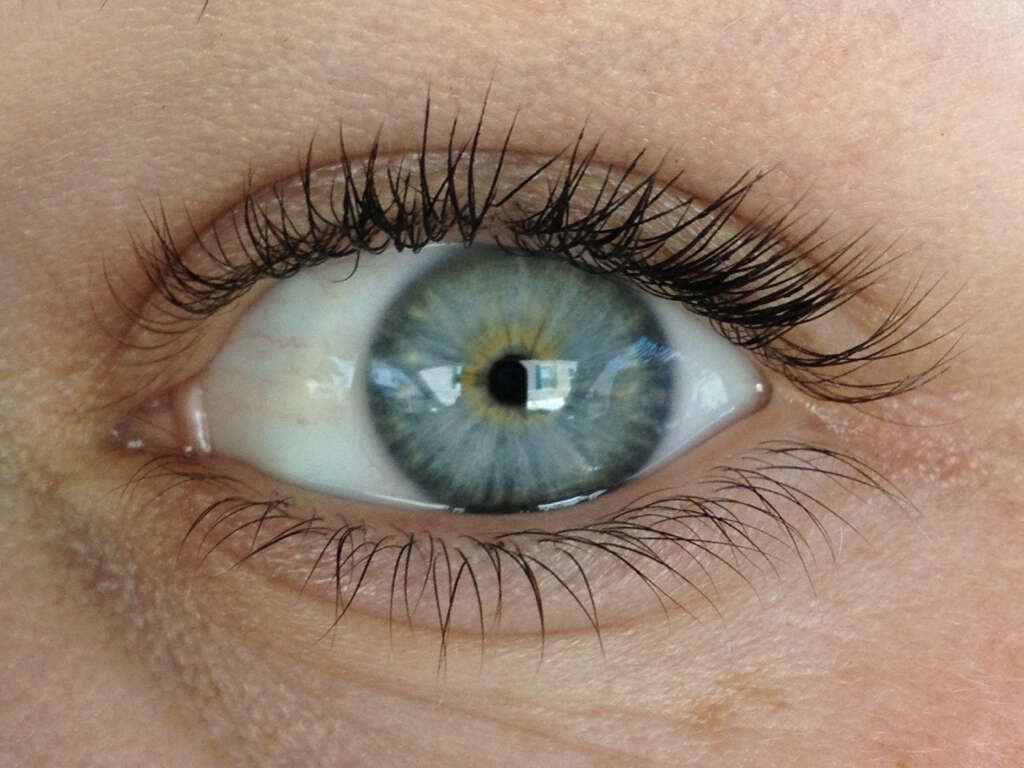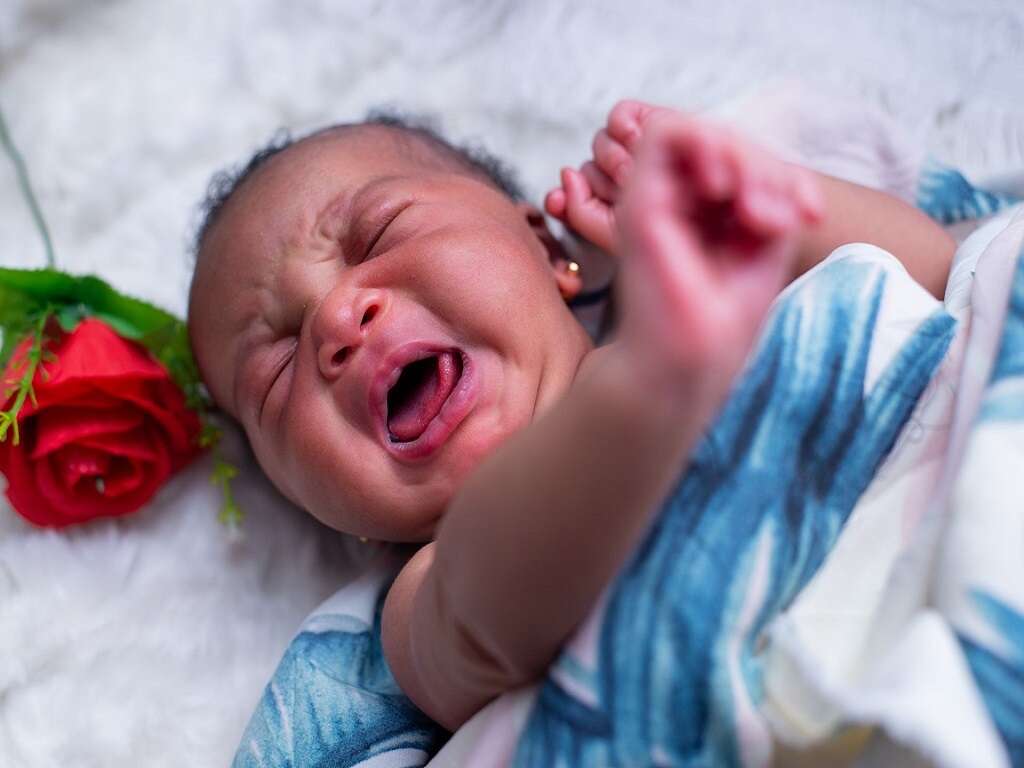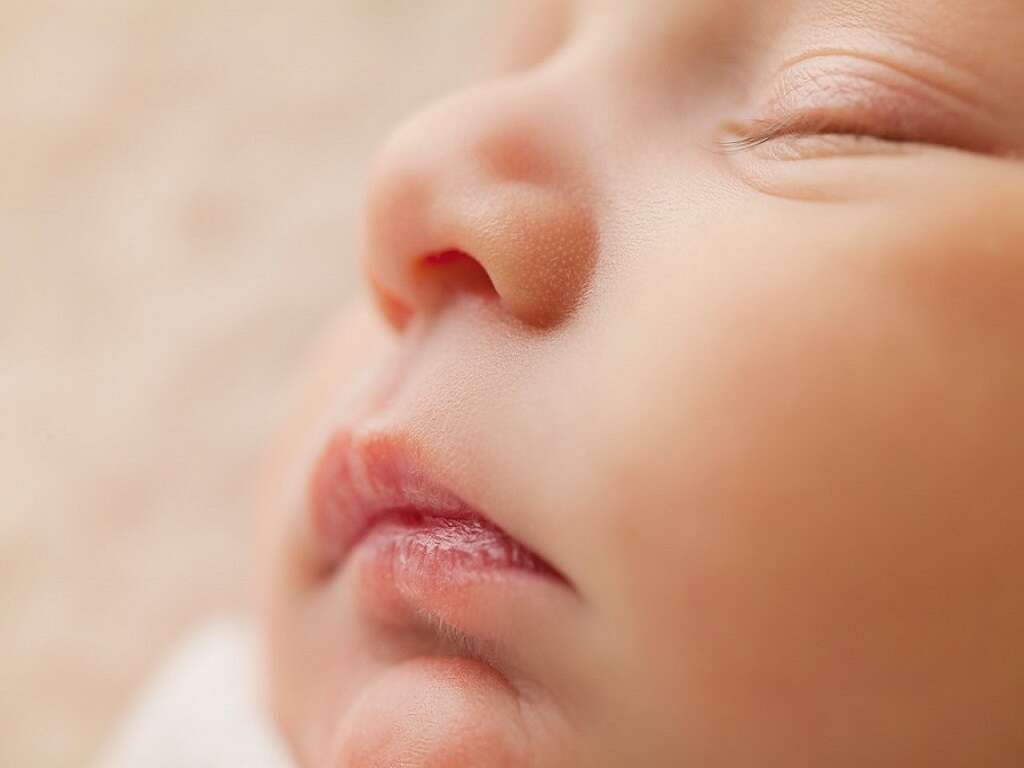Mongolian Spots Diagnosis, Causes & More
 Article Sources
Article Sources
- 1. Gupta D; Thappa DM. ‘Mongolian spots: How important are they?’ World Journal of Clinical Cases. https://www.ncbi.nlm.nih.gov/pmc/articles/PMC3856299
- 2. ’Mongolian blue spots.’ Medline Plus. https://medlineplus.gov/ency/article/001472.htm
- 3. Kikuchi I. ‘What is a Mongolian Spot?’ International Journal of Dermatology. 1982 https://onlinelibrary.wiley.com/doi/abs/10.1111’Mongolian Spot.’ American Osteopathic College of Dermatology. https://www.aocd.org/page/MongolianSpot
2. Who Gets Mongolian Spots?
Mongolian spot birthmarks are most prevalent in Asians, Africans and Native Americans but can appear within any ethnic group. They are the most frequent birthmark type, occurring in 10 percent of people in the Caucasian ethnic group, 50 percent of Hispanics and 90 to 100 percent of African and Asian heritage.
The darker the normal skin color is, the more likely Mongolian spots are to be present in the newborn. The concentration of the pigment-carrying cells determines the color and intensity of the spots.1Gupta D; Thappa DM. ‘Mongolian spots: How important are they?’ World Journal of Clinical Cases. https://www.ncbi.nlm.nih.gov/pmc/articles/PMC3856299
Advertisement











